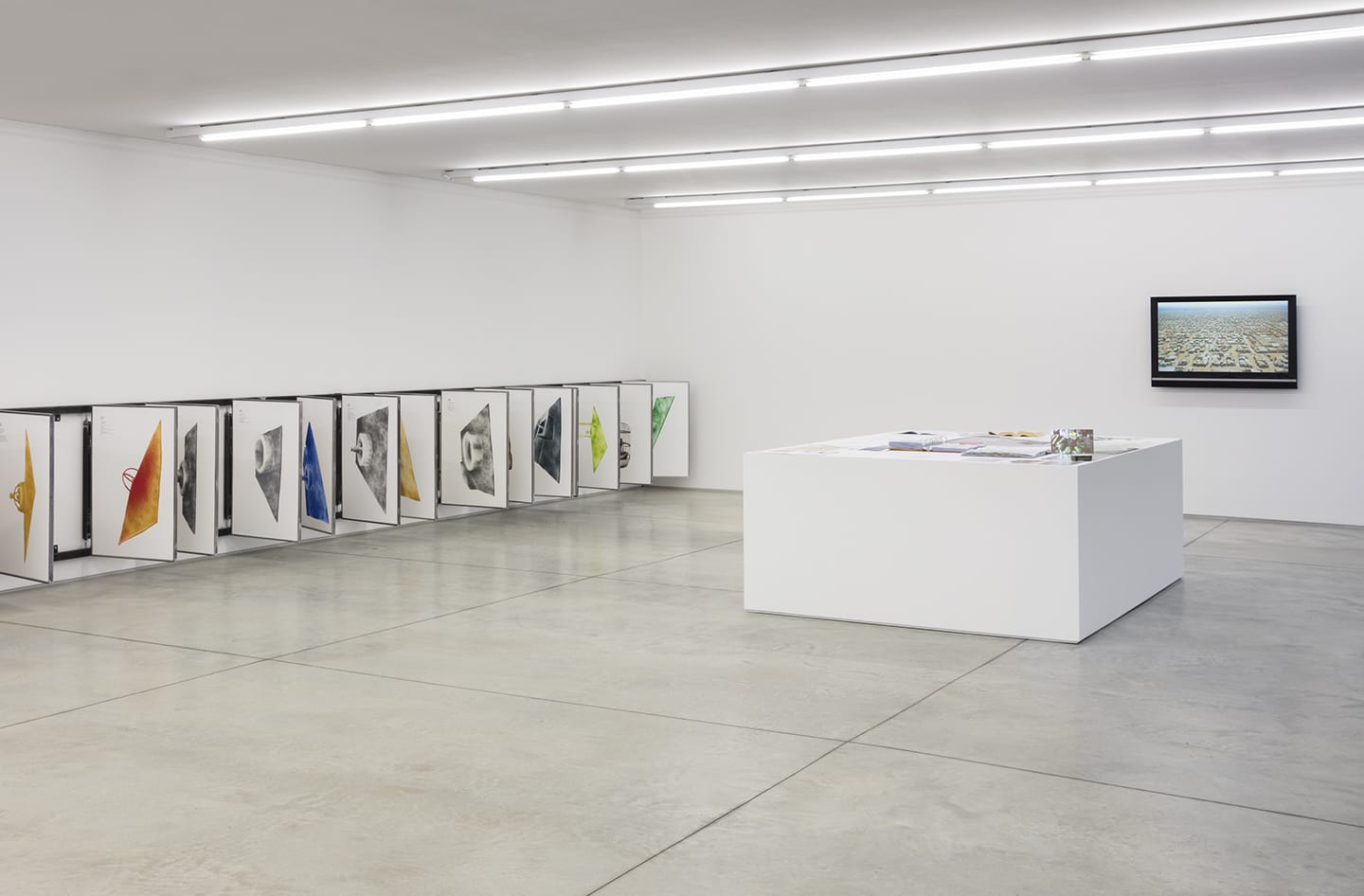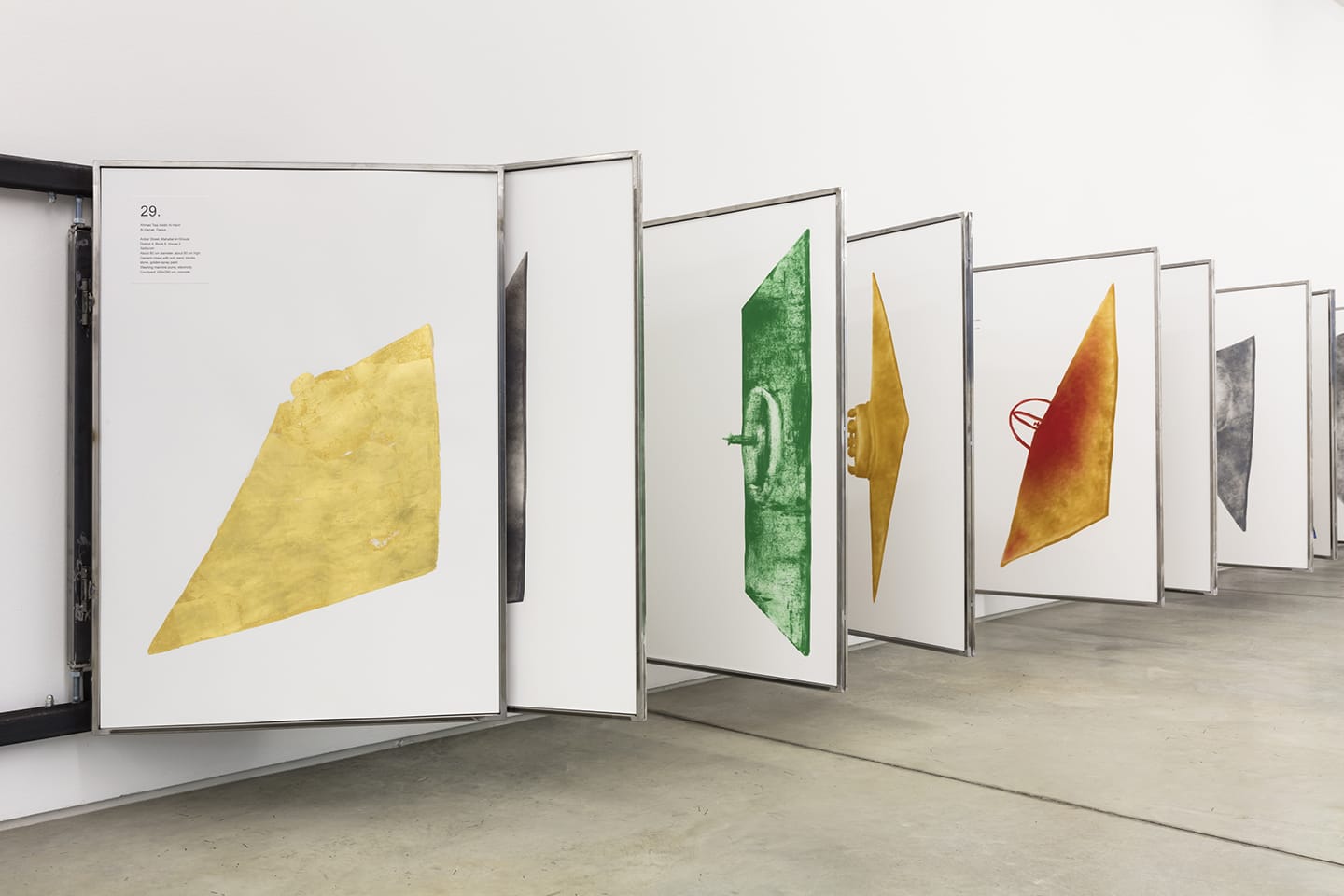Starting development in 2015, Italian artist Margherita Moscardini, worked to document and produce an inventory of water sources in the courtyards of residents of the Za’atari refugee camp in northern Jordan. The results were compiled in a publication called The Fountains of Za’atari.
The book, originally published in 2021, came with a call to action that allowed local governments worldwide to make direct monetary contributions to the refugees living in Za’atari. This will ultimately have a positive economic impact on the refugees living within the camp, allowing them to achieve the United Nations Sustainable Development Goal of Decent Work and Economic Growth as well as No Poverty.
Za’atari Camp was first established in 2012 to welcome the people of Syria who were fleeing the civil war. In 2015 its population reached a staggering 150,000, making it the fourth-largest city in Jordan. Even though the number has dropped to 80,000 in 2023, Za’atari is still recognized as the fourth-largest city in Jordan.
Despite its large scale, the camp was built relatively quickly. Within five years, the camp drastically changed, first into a tent city and then into a full-fledged city with its own economic system. Observing how quickly Za’atari transformed, Moscardini began to question if these camps ought to be thought of as not just short-term contingencies but also in terms of long-term planning.
Moscardini thought about the possibilities of having a virtuous system to which the best minds would devote their time and skills so that these camps would have juridical, economic, and social institutions that model, or perhaps even be able to replace, the concept of a nation-state considering how refugees can spend any time from a few years to decades in exile.
Hence Moscardini decided to look inward and see what she could do to bring about the change she wished to see in the world. Carried out alongside journalist Marta Bellingreri and a working group managed by an engineer, Abu Tammam Al Khedeiwi Al Nabilsi between 2017 and 2018, The Fountain of Za'atari sought to chart the water sources such as fountains, wells, water spouts, pipes built by the refugees in their courtyards, producing their findings into a book.
Through this publication, Moscardini managed to formulate a system through which local governments and civic institutions could purchase life-size reproductions of these various fountains to exhibit in different public areas throughout Europe., Additionally, the publication also aimed to create a system where the designers of each fountain, particularly those within the Za’atari camp who ingeniously crafted these makeshift creations, could directly benefit from the sale of their artwork, potentially establishing a supportive economic system within the camp.


The Fountains of Za’atari exhibition view at Collezione Maramotti, Reggio Emilia, 2019 Photo by Andrea Rossetti. Image courtesy of Mousse.
Nevertheless, Moscardini’s The Fountains of Za’atari doesn’t just stop there. Every piece that has been sold to an international government has to receive a special jurisdiction status that includes elements of extraterritoriality. The idea is that, over time, this will allow them to be spaces where national law has little to no effect, much like embassies.
Having earned a Bachelor's degree from the Academy of Fine Arts in Bologna, Italy, and having participated in the XIV ACVA Fondazione Antonio Ratti in Como, Moscardini also served as a research fellow at the Italian Academy for Advanced Studies in America, Columbia University in 2015. She pays particular attention to the transformational processes in specific geographies' urban, social and natural orders. Much like the Fountains of Za’atari, her practice favours long-term projects developed through large-scale works, drawings, writings, scale models, and video documents.
